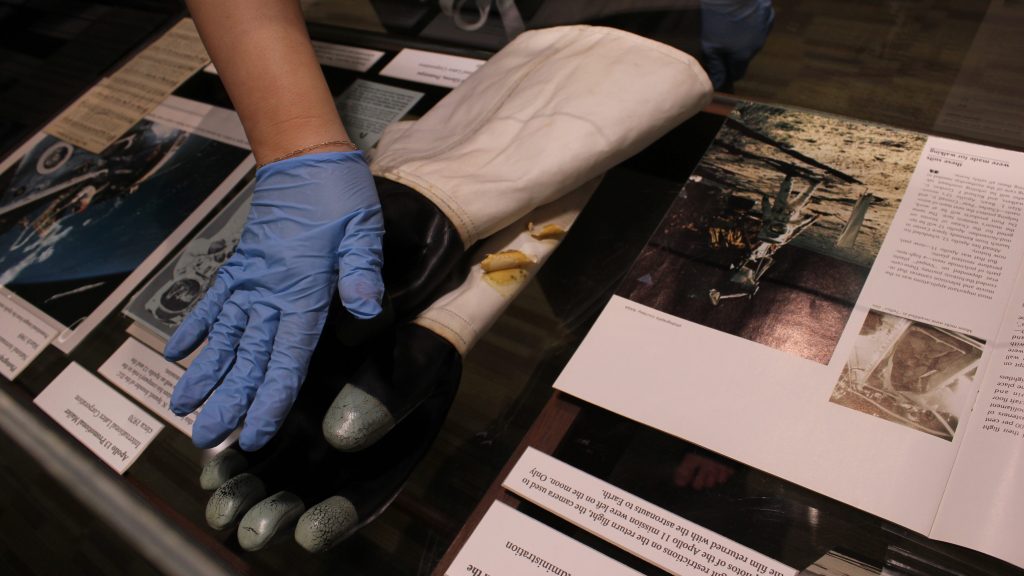How women and textile-making skills revolutionized computing

Despite discrimination and setbacks, women have often played integral roles when given a chance to participate in industries historically held by men, particularly in the STEM fields – science, technology, engineering and math. Learn more about how integral those roles have been in honor of Women’s History Month.
As of 2021, women make up just 27% of the STEM workforce in the United States. But long before the development of the first modern-day computers, women played a monumental role in shaping the foundations of computing as it is known today. Women historically have been laying the foundational work needed for weaving and textile projects across centuries and cultures. The idea of creating patterns is applied slightly differently when it comes to the earliest computer coding capabilities.
In 1804, Joseph-Marie Jacquard invented a loom that used punch cards containing patterns that made woven fabrics easy to replicate and mass produce. These punch cards were nearly identical in appearance and function to the punch cards that instructed early computers to carry out calculations. Women, who made up the predominant workforce in industrial looms, used these punch cards along with their preexisting weaving skills to create ornate, luxurious fabrics once only available to the very wealthy.
Shortly after, in the 1830s, English mathematician Charles Babbage’s idea to develop a machine called the Analytical Engine that could have been the very first computer inspired Ada Lovelace, a fellow mathematician and colleague, to create a calculating program for the machine using punch-card technology similar to that of the Jacquard loom. For this, Lovelace is widely regarded as the first computer programmer, who was also beginning to think about the applications of artificial intelligence.
During World War II when many American men were drafted to fight overseas, women took up the work of computer programming much like they did in factories. The workforce remained primarily female-dominated into the 1950s and ‘60s, when it was considered “unskilled” work. Because of this, women ultimately did much of the computer programming for the Apollo missions, and even leaned on those same traditional weaving skills that shaped the computing world – the punch cards containing the code for the Apollo missions were hand-wired by Navajo seamstresses who applied their skills with thread to working with the delicate materials used in computer hardware. This in turn paved the way for the women who later built NASA space suits at Delaware’s ILC for later Apollo missions.

By the 1980s, the computing industry was booming and the formerly “unskilled” work of computer programming was now considered lucrative, meaning that women were pushed out of the field and replaced with “better skilled” male workers. Many women left computing due to harassment and discrimination just as computers were entering the homes of average Americans. Still, some of the first video game designers in the ‘80s were women, with pioneers like Dona Bailey and Carol Shaw creating games and other programs that were used on computers like the one in the state’s historic collection.

The Division of Historical and Cultural Affairs holds in its collection of historic artifacts 12 pieces of software and hardware belonging to an original 1986 Mac computer. The model was one of the first home computers, putting technology once only available to scientists and engineers into the hands of regular people, many women included among them. The computer and its components in our collection came from an average Delaware home where the owner bought it just as home computers were becoming commonplace.
Even with computer science becoming a mainstream component of children’s education in the modern world, young girls are still underrepresented in the STEM field. HCA not only wants to celebrate the history of women in computing but also encourage the next generations of female computer scientists, knowing that they have a long and inspired legacy to build from.


